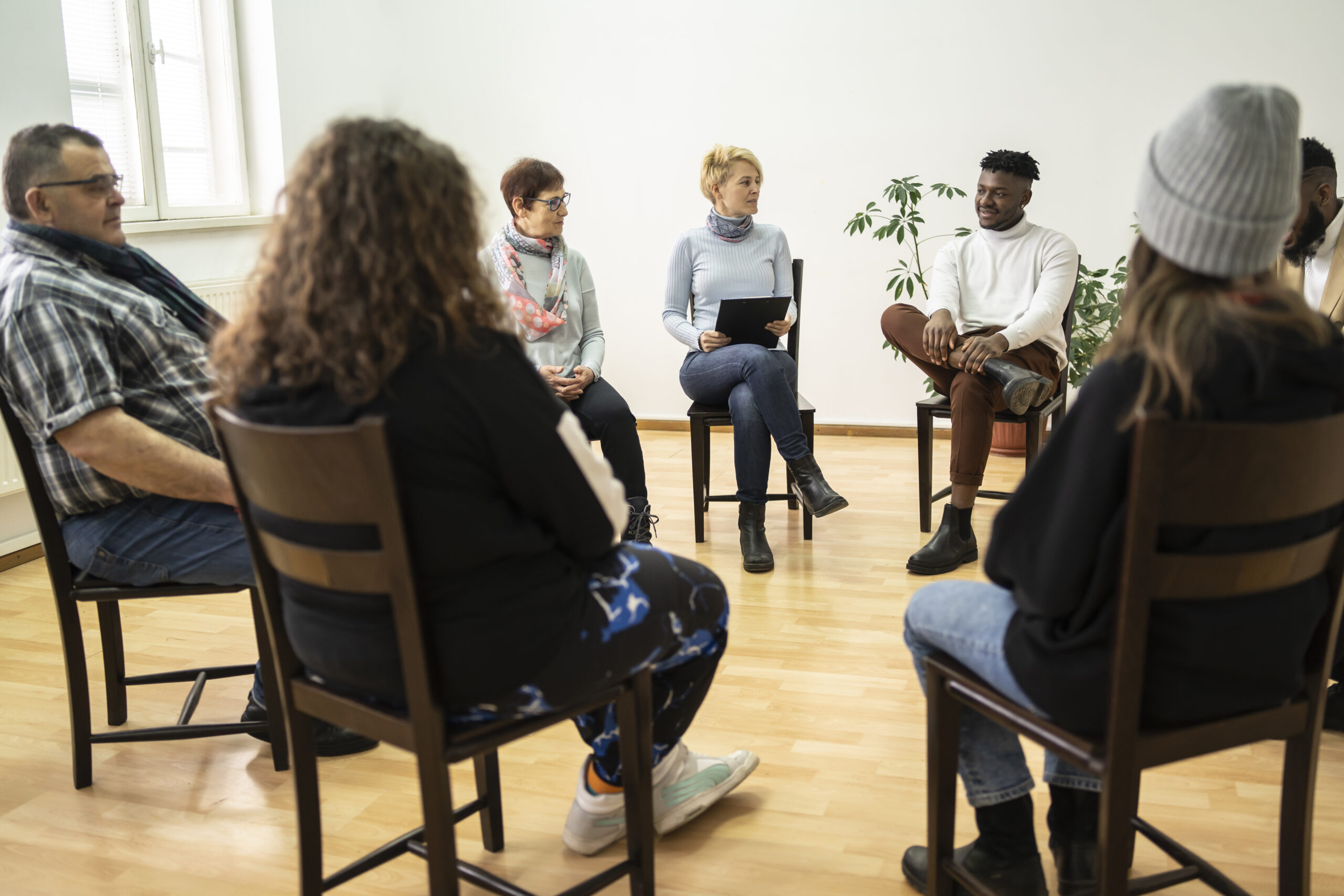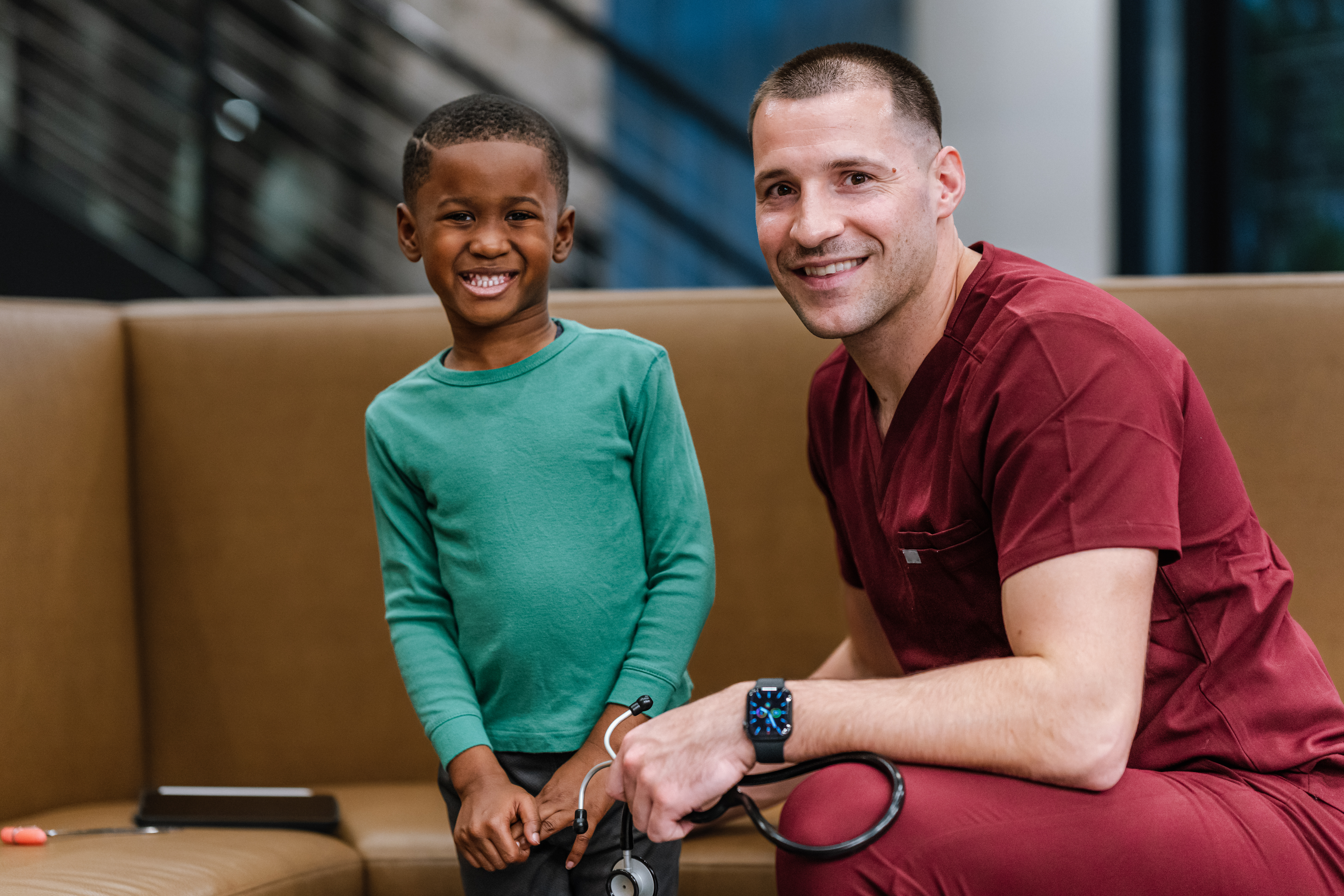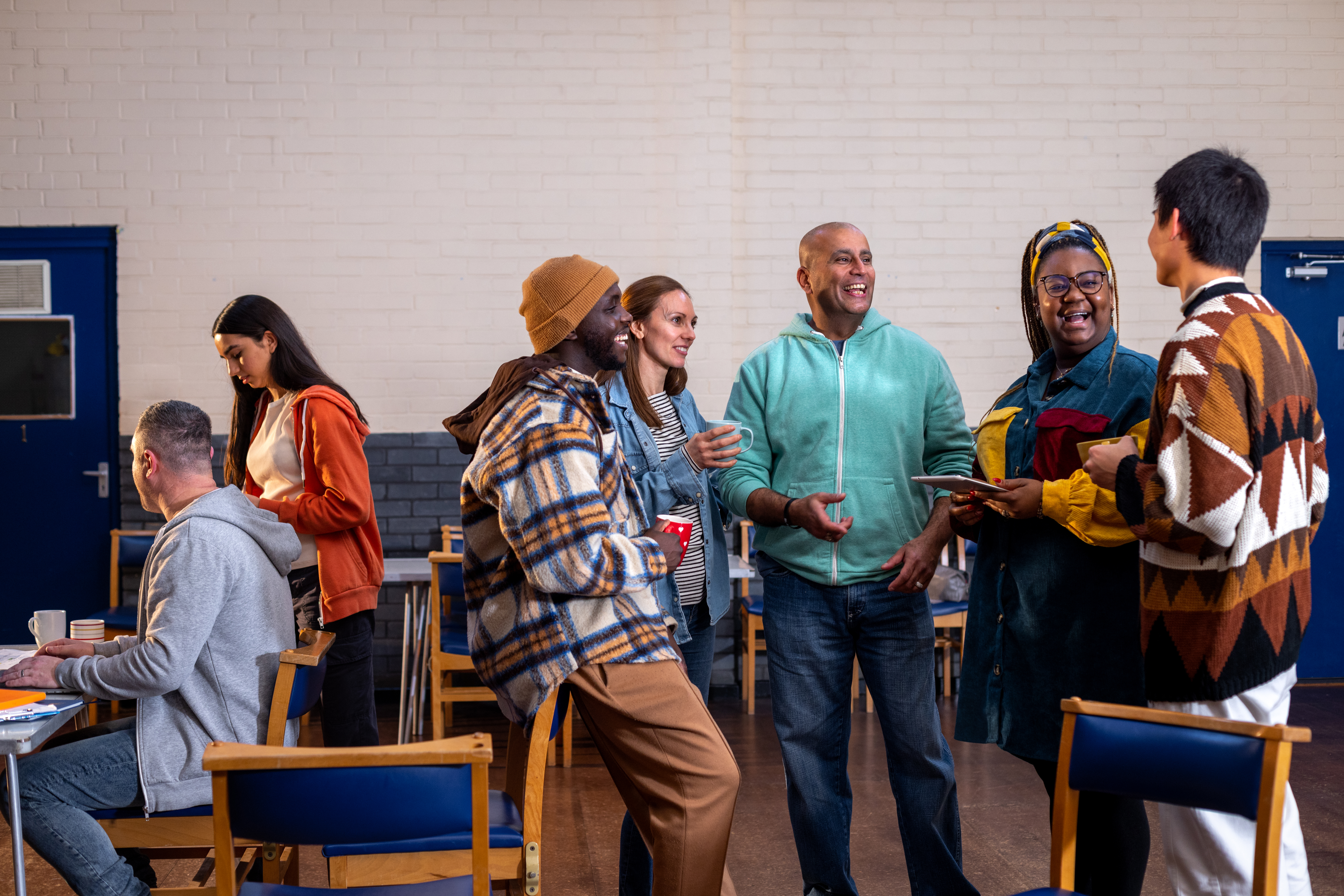We know that physical activity improves brain activity, improves sleep, combats depression, manages stress, controls weight, and gives us an improved sense of well-being.
And, a world of aphorisms and laws of physics push us to understand what we intuitively already know it’s hard to begin to change. For children in low-activity families, it gets more difficult as they get older: the lure of computers, games, homework, and everything else can easily get in the way of a student’s activity time.
So, how to get the non-athlete up and moving ?
Here are some tips for parents from the American Heart Association:
- Don’t make exercise a punishment. Forcing your child to go out and play, or to play a sport he or she doesn’t like, may increase resentment and resistance. Work on creative ways to encourage physical activity. For example, let your child ride his or her bike for 30 minutes after school but before homework. Your child may beg for 20 more minutes outside just to put it off!
- Find an age-appropriate activity they love. Try running, swimming, martial arts, dancing, cycling, skateboarding, yoga, soccer, ice skating, jumping rope or tennis. The possibilities are endless. Encourage your child to explore multiple activities to find one that clicks. And remember: Activity means any activity that gets your heart rate up! Walking for exercise is also a great idea. The whole family can do this together after dinner or on the weekend. Find time for the whole family to be active.
- Build confidence. Some kids are embarrassed to participate in sports because they don’t think they’re good enough. Find time to practice together and boost their confidence. Support whatever activity they choose as long as long as it’s safe and they’re getting exercise.
- Be a role model. Kids with active parents tend to be more active than kids with parents who aren’t. Do your best to get moving and keep moving!
- Don’t overdo it. Keeping your kids active is the goal, so don’t overdo exercise to the point of pain or frustration. Learn when to stop. It’s hard for anyone to stick with something that causes their muscles to feel pain.
- Find a friend or be a friend. See if any of your child’s friends are interested in trying a new sport or activity with your child. If you can’t, step in and be a friend yourself. It’s a perfect opportunity to spend time with together and get active too.



